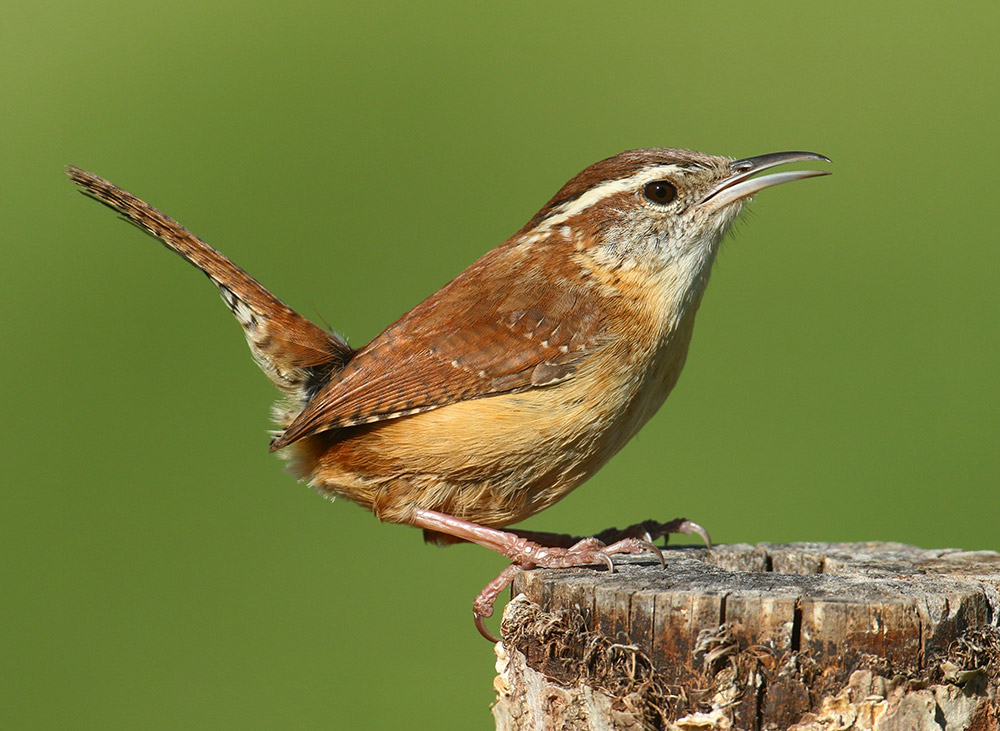

A pair bond may form between a male and a female at any time of the year, and the pair will stay together for life.


Unlike other wren species in its genus, only the male Carolina Wren sings the loud song.The gradually increasing winter temperatures over the last century may have been responsible for the northward range expansion seen in the mid-1900s. The Carolina Wren is sensitive to cold weather, with the northern populations decreasing markedly after severe winters.Learn more about offering shelter to backyard birds and Bird-friendly Winter Gardens. Keeping a brush pile in your yard is another great way of encouraging wrens to take up residence. Find out more about nest boxes on All About Birdhouses, where you'll also find plans for building a nest box of the appropriate size for Carolina Wren. Attach a guard to keep predators from raiding eggs and young. Consider putting up a nest box to attract a breeding pair but be sure to put it up well before breeding season. In spring, they may nest in boxes, but they're just as likely to choose a hanging fern or an empty flower pot tucked away in a quiet corner of an overgrown backyard. Find out more about what this bird likes to eat by using the Project FeederWatch Common Feeder Birds bird list.ĭuring cold northern winters, these wrens will take shelter in nest boxes containing dried grasses, particularly boxes with slots rather than holes. Carolina Wrens often come to backyards if food is available and will visit your suet-filled feeders in winter.


 0 kommentar(er)
0 kommentar(er)
